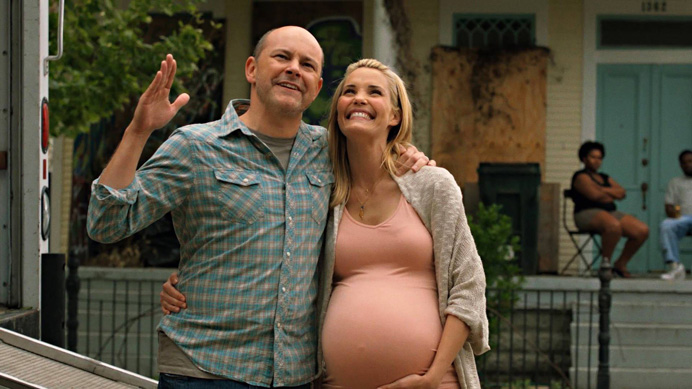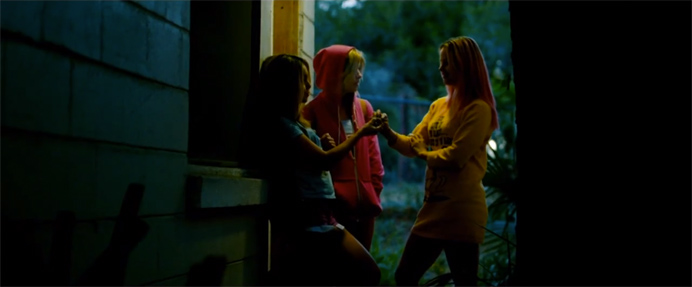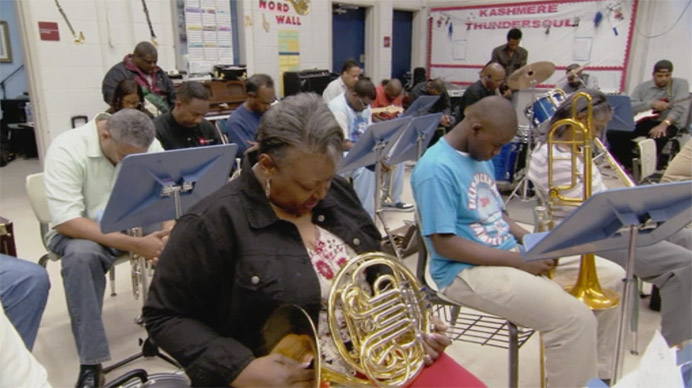
When I was a little kid, I had an excessive vocabulary. I knew what the word ‘superficial’ meant, and also even bigger words, like ‘garrulous’. But even with these words and countless others in my head, there was one that wasn’t—and that word was Accessibility.
Back when I was seven, many things were accessible, and if they weren’t, my grandmother would help make them so. Not being able to see, my primary way of learning was through reading, touching objects, and listening to explanations. Of course, all my other remaining senses came into play, but hearing and touch were, and are, my primary link to the world not constructed by books.
Even though I had never heard the word Accessibility, I was an early adopter of its concept. One day, my grandmother took me to a museum that was new in town. It was different than the ones we frequented, and I was very eager to feel exotic artifacts under my fingertips, and experience paintings through verbal descriptions given to me via headset. I eagerly speedwalked with my grandmother into the museum, my stomach full with butterflies over the soon-to-be.
When the tour started, I could sense the body heat of a dozen people beside me. I waited for my grandmother to take me to the artifact so I could explore it. She didn’t. I began to tune into the many exclamations beside me describing how wonderful the artifact was. Why was it so wonderful? I wanted to know too! I wanted to feel it and see what people were talking about. I soon began to cry, and people’s feet shuffled as they turned and stared at me. With steely resolve, my grandmother picked me up and pushed her way to the front of the crowd with my white cane dangling in my grip. When she reached the front, she ducked under the rope and placed my hand on the elegant statue carved with dynamic symbols. People started complaining that a sign said ‘Don’t Touch’. Soon, a stern sounding man cleared his throat next to me.
“Miss? I’m the manager here.” I felt the air whoosh as my grandmother whipped around. With slicing syllables, she told the manager, ”If you tell my blind grandson to take his hands off this statue, I will take every ‘Don’t Touch’ sign down and burn them all. I will then tell the police what I did and sue you for lack of accessibility.”
Seventeen years have passed since then, and I have heard and witnessed countless instances in which companies and people just don’t exert any will to include the blind and the visually impaired whatsoever, unless forced by law. The Americans with Disabilities Act was a huge breakthrough for our inclusion, but it didn’t merge us with the sighted world. People didn’t want to include us, so often we had to go to special groups, events, and even jobs for the blind. We also had to fight for education as well. Entertainment was, and still is an issue accompanying all the other accessibility barriers.
It took a law in 2010 to make Audio Description available on television. Before the 21st Century Communications and Video Accessibility Act, we couldn’t watch movies, TV shows, or any visual media with audio description as frequently as today. Audio Description is as important to us as closed captioning is for the Deaf. It opens up a whole new mode of entertainment that we’ve never been able to experience before.
However, there are still a lot of companies that don’t want to offer it, and are not forced to by law. Many of these companies reside in the internet realm, a place the law hasn’t even scratched yet. Audio Description is available on TV, and more DVDs, and even more movie theaters. The law applies to the top 25 TV networks now but will increase. But even with all this inclusion, no Video on Demand service, such as Netflix and Hulu, has Audio Description.
I’ve wondered why Netflix won’t provide Audio Description, or even accessible interfaces so that our adaptive software can interact with their website and web player fully. I’ve examined this through all different angles, even finding out for myself the cost of describers, and other production costs. It’s not all about cost however. The BBC has shown that cost doesn’t matter when it comes to Accessibility, offering an Audio Description On Demand service through the BBC iPlayer.
It wouldn’t be hard at all to include Audio Description on Netflix. Two methods could be done to achieve this. Closed Audio Description, where the viewers would need to select a language track, requiring less bandwidth and less server space on Netflix’s part. There would definitely be downsides to this as well, such as that Audio Description wouldn’t be able to be available on every Netflix compatible device, such as the Nintendo Wii, as the Wii even has a hard time with closed captions.
Another way is to have a separate blind version of the same movie or TV show, like iTunes has it. But this will require that the film or TV show be uploaded twice. From a technical point of view, this would be the easier thing to do, but who knows, the servers might possibly buckle.
For years, the blind community has asked and even begged Netflix to make their site and service accessible, with accessible web design and Audio Description, but Netflix have said “No” repeatedly, and eventually the blindness advocacy groups just give up.
I refuse to give up though. Which is why I started the Accessible Netflix Project.
Our aim is for Netflix to:
Provide a Screen Reader-friendly experience to all Netflix functions on the PC and mobile devices, compatible with all Screen Readers.
Provide an easily navigable interface for the mobility impaired using adaptive technology.
Provide easy access to Audio-Described content for the blind and visually impaired on streaming services as well as DVD selections.
Regardless if it’s inconvenient or costly, Netflix should provide Accessibility solutions. Many blind people pay for a service they can barely use, whether they are a novice or advanced Screen Reader user.
It has been a long eight months since I began the project. So far, they have told us “No”, directly, seven times and counting.
Determined to have the freedom to enjoy Audio Description on my only window to the film and TV world, due to limited cash availability, I decided to ask them why they said no. The first time, they said that “we don’t have control over the content that makes the Audio Description, so we’re not the people who you should be contacting.” So, I started contacting studios for the next three months, often going through back door connections to get to producers, and explaining the situation. Seth MacFarlane, the producer of Family Guy, a show that has Audio Description on TV, was one of these connections. I wanted to make it as cheap as possible for Netflix, so I asked these producers if they would simply give the Audio Descriptions to Netflix at no charge. Many, including Seth, agreed to this.
I replied to Netflix with the fantastic news, and this was their response:
Hi Robert,
Thank you for being a Netflix fan and for being so passionate about making Netflix more accessible. At this point we have no immediate plans to add Audio Descriptions to our service. We continuously evaluate this and we will let you know if there’s a change, but don’t expect it to come in the near future.
I don’t understand why they’d say no. Even after contacting 56 different people in the company, they all said the same—don’t expect it anytime soon, even with the studio support.
It deeply disappoints and frustrates me that access to a service that’s so accessible to my wallet is impossible for me to use independently, simply because I require adaptive technology. I can’t even manage the site independently, no matter how many advanced keystrokes I learn or new Screen Reader tricks. Blind and visually impaired people shouldn’t be banished to outside sources to get described content. We are millions and millions strong, and our revenue would help grow Netflix. And, small aside, they’d surely be given many awards.
The ADA was meant to include and not divide. Blind people should have reasons to spend their income. We should be able to laugh with glee with our family, enjoying an Audio-Described comedy. We should be able to proudly call ourselves a Netflix customer. I will do whatever I can to ensure everybody gets past the unnecessary velvet rope and is able touch an accessible Video on Demand service. I don’t understand why Netflix doesn’t want to give us that inclusion, and I possibly never will, but I do understand one thing for certain—it should happen.



